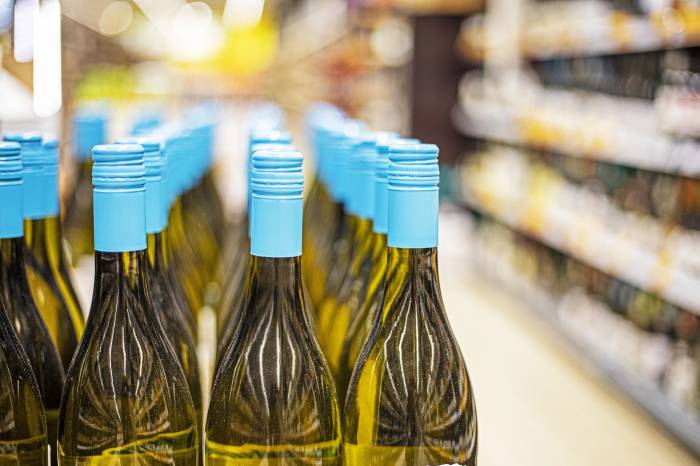
The U.S. wine industry is facing a period of heightened uncertainty as 2025 approaches, with producers, importers, and retailers navigating a landscape marked by shifting tariffs, volatile economic conditions, and unpredictable international trade relations. Over the past year, the sector has experienced a series of policy changes and market disruptions that have left many businesses hesitant to make long-term decisions.
One of the most significant challenges has been the ongoing changes in U.S. tariff policy. The government has imposed and adjusted tariffs on a range of imported goods, including wine, several times in recent months. This has created confusion for companies that rely on stable pricing and predictable supply chains. Many wine importers rushed to bring in inventory ahead of anticipated tariff hikes, but since then, most have adopted a wait-and-see approach. The lack of clarity about which products and countries will be exempt from future tariffs has made it difficult for businesses to plan or set prices with confidence.
The uncertainty extends beyond wine. Last week, the U.S. announced plans to impose a 107% tariff on certain Italian pasta brands, including Barilla, after accusing thirteen Italian producers of dumping pasta in the American market. These new duties, which include a 92% penalty on top of an existing 15% reciprocal tariff, are set to take effect in January. The move has raised concerns among importers and consumers about further price increases and potential shortages, not just for pasta but for other food and beverage products that could be targeted next.
Legal questions also loom over the current tariff regime. In November, the Supreme Court is scheduled to hear arguments about whether the broad tariffs applied to wine were legally imposed. While sector-specific tariffs on goods like steel and aluminum are generally accepted as legal, there is debate over whether more general tariffs, such as those affecting wine, meet legal requirements. The outcome of this case could have far-reaching implications for the industry. Some analysts, including those using AI-powered prediction tools, expect the existing tariffs to remain in place, but the final decision is still uncertain.
International retaliation has added another layer of complexity. Several countries have responded to U.S. tariffs by imposing their own duties on American products. The Canadian market, once the largest export destination for U.S. wine, has been particularly affected. The loss of access to Canadian consumers has dealt a significant blow to American wine producers, many of whom rely heavily on exports for their revenue.
The broader economic environment is also contributing to the sense of instability. Contrary to earlier expectations, the U.S. dollar has weakened this year instead of strengthening. Many economists had predicted that higher tariffs would drive up inflation and prompt the Federal Reserve to raise interest rates. However, inflation has remained lower than expected, and signs of economic slowdown have led the Fed to cut rates instead. This shift in monetary policy is intended to support growth but brings its own risks, including the possibility of higher inflation down the line.
Further complicating matters are questions about U.S. foreign policy and its impact on global markets. Recent statements from the Treasury Secretary suggest that the U.S. may take additional steps to support Argentina’s struggling economy and manage its debt crisis. The potential consequences of such actions for currency markets and international trade are difficult to predict, adding yet another element of uncertainty for wine industry stakeholders.
Amid these challenges, there is talk in Washington about providing federal aid to farmers affected by trade disruptions, with some proposals suggesting up to $10 billion in assistance. It remains unclear whether any of this support will be directed specifically toward winegrape growers or if it will be focused on other agricultural sectors.
As the industry looks ahead to 2025, many in the wine business are holding off on major investments or strategic changes until there is more clarity about tariffs, trade policy, and economic conditions. For now, uncertainty remains the defining feature of the market, leaving producers and consumers alike waiting for signs of stability.

Dining and Cooking